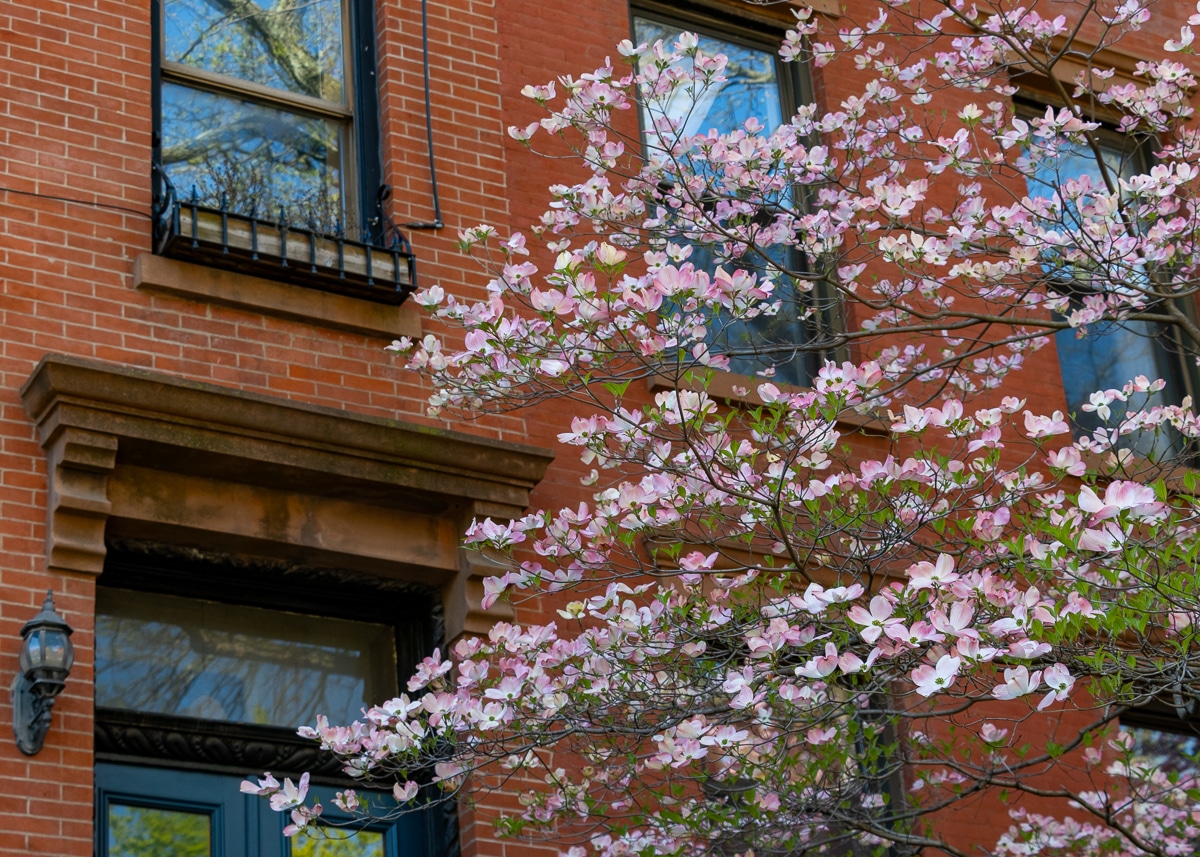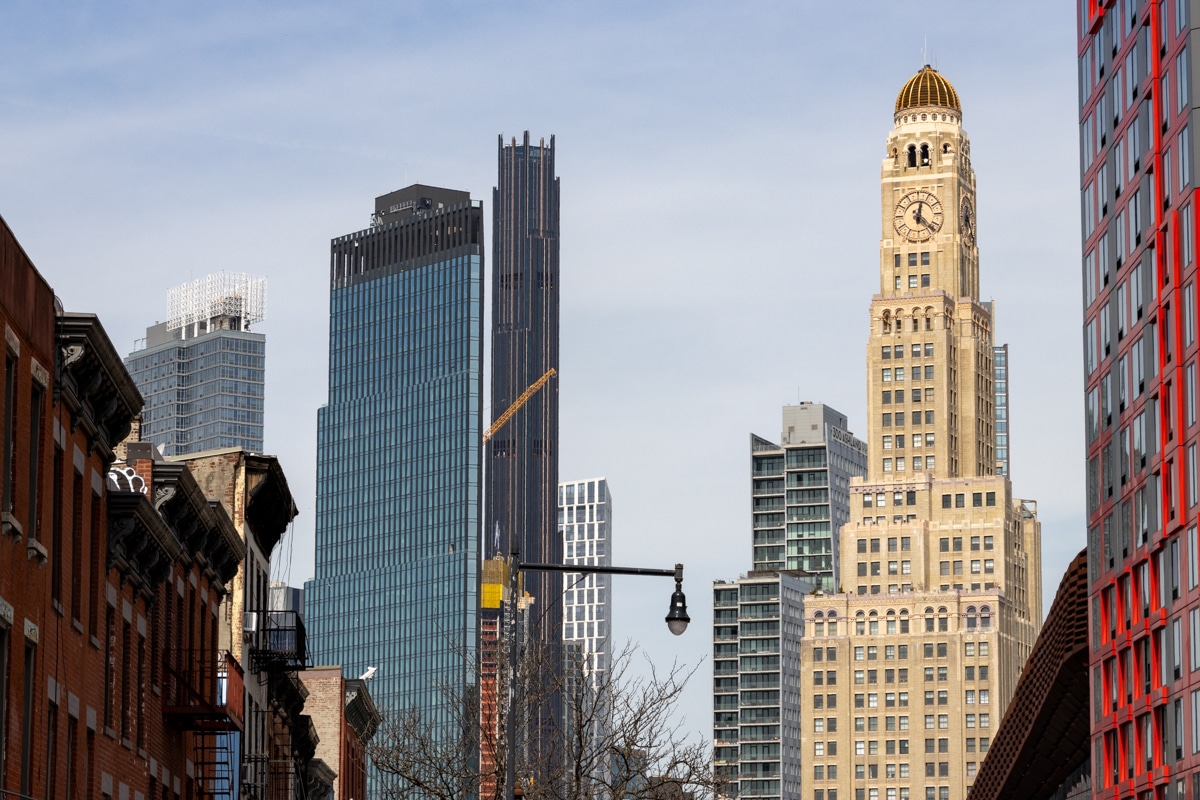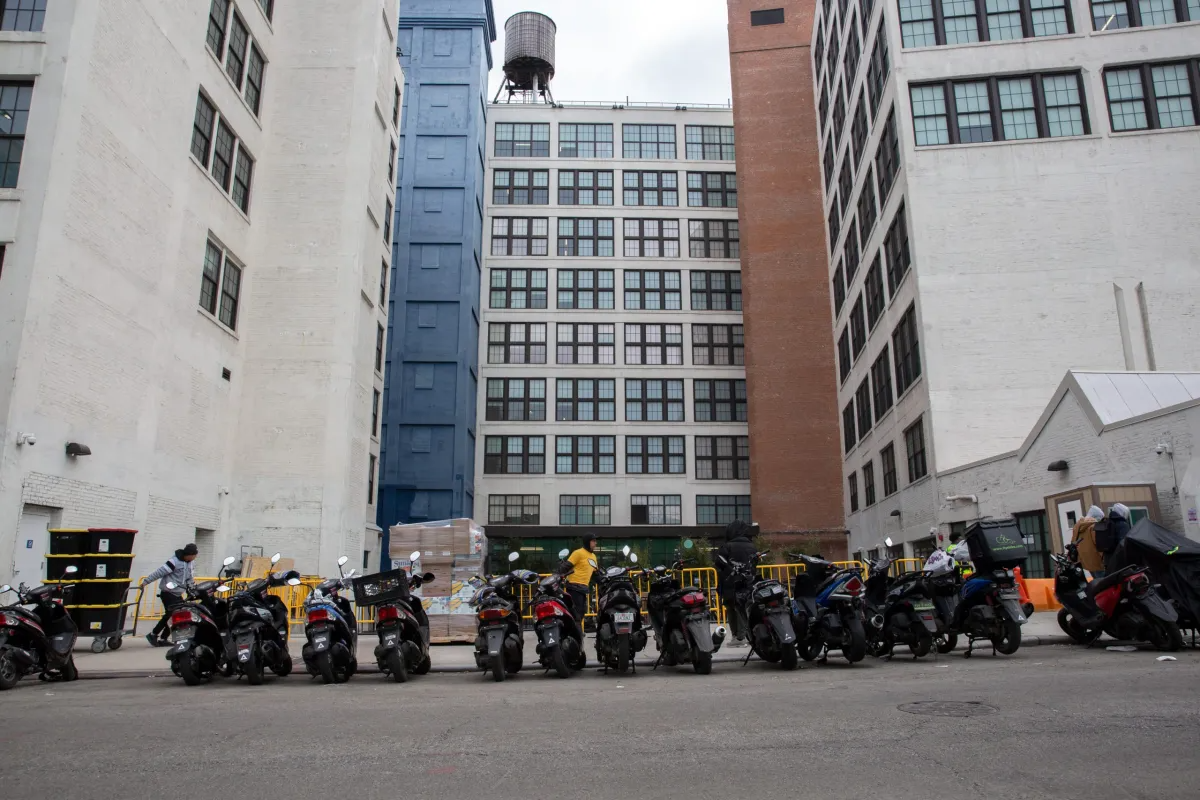Building of the Day: 315 Washington Avenue
Brooklyn, one building at a time. Name: Free-standing brick house Address: 315 Washington Avenue Cross Streets: DeKalb and Lafayette Avenues Neighborhood: Clinton Hill Year Built: late 1860s, new mansard roof added 1894 Architectural Style: now Architect: Building architect unknown, Roof extension by Parfitt Brothers Other Buildings by Architect: Parfitt Brothers – in Clinton Hill –…

Brooklyn, one building at a time.
Name: Free-standing brick house
Address: 315 Washington Avenue
Cross Streets: DeKalb and Lafayette Avenues
Neighborhood: Clinton Hill
Year Built: late 1860s, new mansard roof added 1894
Architectural Style: now
Architect: Building architect unknown, Roof extension by Parfitt Brothers
Other Buildings by Architect: Parfitt Brothers – in Clinton Hill – 331-335 Wash, just down the block, Cornelius Hoagland House, Clinton Ave and several other row houses and flats buildings. Also row houses, apartment buildings, flats buildings, mansions, office buildings and churches in Bed Stuy, Crown Heights, Park Slope and Brooklyn Heights.
Landmarked: Yes, part of Clinton Hill Historic District (1981)
The story: I would have loved to have seen Clinton Hill just after the Civil War. The neighborhood was already popular with wealthy Brooklynites who enjoyed living on “the Hill,” where the air was clean and two main streets, Clinton and Washington Avenues, were lined with spacious homes on large lots. Many of those homes at that time were large wood framed suburban villas. Today, in the entire neighborhood, there are only a couple left. These wealthy folk were also beginning to build more substantial homes of brick and brownstone, and both Washington and Clinton are dotted with large boxy masonry houses dating from the late 1860s. They add a wonderful gravitas and simple elegance to the neighborhood, and are typical of Victorian style. This house is one of them.
It was built in the last half of the 1860s, probably for a man named John MacGregor. I was unable to find out anything about him. Ads for servants appear in the Eagle in 1868 and ‘69. The house appears to have had a series of owners who stayed out of the papers and off the radar for most of the rest of the century. In researching the building, I found a reference that stated that the Brooklyn Chess Club, Brooklyn’s oldest such club, which was founded in 1869, met here.
I was thrilled to be able to tell you that, but a look at the papers didn’t make this information make sense. The club always met downtown, and actively sought rooms to meet in downtown, they advertised in the paper a lot. Why would they suddenly move to the Hill? More investigating revealed that the club met at 315 Washington Street, not Washington Avenue. Washington Street was downtown. So no Chess Club here.
In 1894, the owner of the home hired to prestigious architectural firm of Parfitt Brothers to add a story and a fancy mansard roof to the house. By this time, the Hill was bursting with new large mansions for oil men, industrialists and bankers who had re-discovered the neighborhood, especially after Standard Oilman Charles Pratt built his own house here, then three more large mansions for his sons. The others soon followed, each house fancier than the last.
The Parfitts gave the owner a beautiful Francoise I style Mansard roof, with elegant dormers with pediments and finials. The roof sits on a shelf ornamented with festooned garlands in pressed metal. That, along with the very French dormers, modernizes this house, thereby keeping up with the Pratts, as it were, and everyone else. It also gave the homeowner another floor of space.
From all accounts, at some point in the early 20th century, the house did become a clubhouse, and was not a private dwelling, for a time. In 1904, it was a meeting place for one of the Brooklyn chapters of the Royal Arcanum. This was a fraternal benefit society, whose male members paid into an insurance and benefit plan that paid death benefits, widows and orphan’s benefits and burial insurance for members. They also had regular meetings, with community events, fun and fellowship for their membership.
In 1911, it was the headquarters of the Rankin Post No. 10 of the G.A.R. This was one of the oldest Civil War veterans groups. The Grand Army of the Republic was the Union Army veteran’s organization. Brooklyn had many chapters, and this one was in existence until most of its members died out by the 1930s. They called this building headquarters until it became a private residence again in the late 1920s.
At that point, the house was home to Dr. and Mrs. Russell M. Rome, and their two sons. Dr. Rome was a prominent surgeon. He was the chief visiting surgeon at Kings County Hospital, and taught anatomy at Long Island College Hospital. Lilah Rome was active in social activities, and gave several luncheons for charitable causes, here at the house. Dr. Rome was also on several local neighborhood civic committees.
He died relatively early, in 1936. He was only 56, and suffered a massive heart attack at his summer home on Shelter Island. His funeral was at a nearby funeral home on Lefferts Place. His widow sold the house in 1938. It was described in the papers at the sale as a lot measuring 44×100, with 20 rooms and four bathrooms. The house was sold to another doctor – Dr. George H. Pierce, who planned to make the house his residence and office. He moved from just up the street, from 265 Washington Avenue.
When my friends were going to Pratt in the late 70’s, one of them had an apartment in the cellar of this building. I’ll never forget it, because I had never been in an apartment that was actually in the cellar before. I was so innocent. It was nowhere near code, and was always damp and clammy. They got out after a year, and she always said that was the worst place she ever lived while at Pratt. I don’t think anyone would dare try that today, and the house has long had different owners. The spirit of adventure is just gone from today’s kids. : )
However, your spirit of adventure can continue this Saturday with a walking tour of Clinton Hill, sponsored by the Society for Clinton Hill, a venerable community institution in the Hill. We’ll be leaving our appointed meeting place at 11 AM. Tickets can be purchased from their event website which will also post information on the meeting place. My friend Morgan Munsey and I will be leading the tour. Hope to see you there.
(Photograph:Sarah Westcott for PropertyShark)
GMAP












Those top windows are beautiful. The attic must be spectacular.